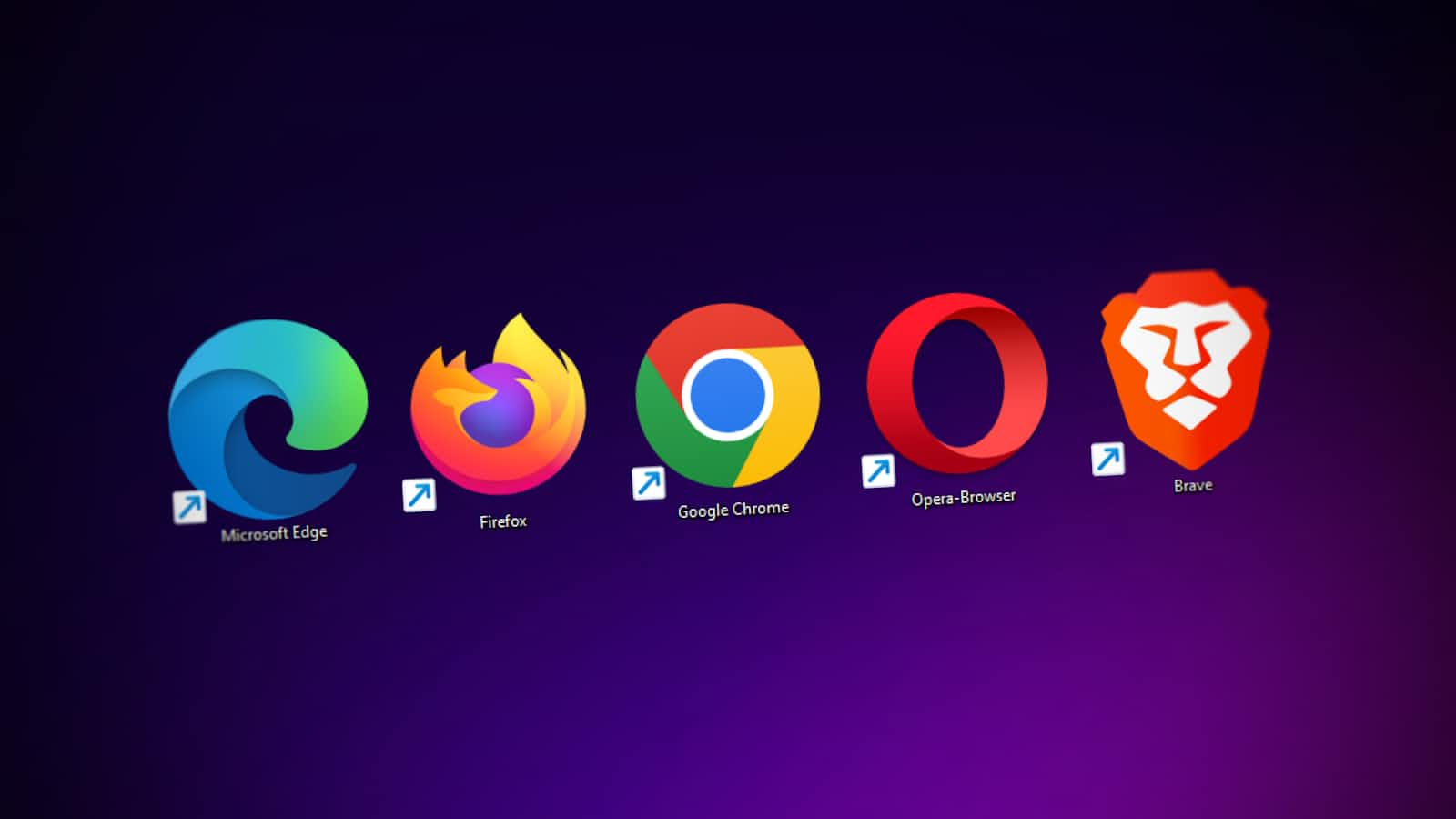<?>khtml</?>
 tarun
tarun
Hey folks, I have been thinking about writing a blog on KHTML for a while now, as I came across it during one of the hacker news discussions a few years back. Out of curiosity about how browsers work and how they were developed somehow in all these discussions, I always stumbled upon how all the popular widely used browser engines are forked from KHTML, including WebKit (Safari) and Blink (Google Chrome, Chromium,Microsoft Edge, Opera,Vivaldi, and Brave). Anyways KHTML is dead it is a discontinued browser engine! This blog is just for tech geeks who like to know about dead tech which was great during their prime.
In this blog, you will get to know about what is KHTML, who developed it, and why was it relatively one of the best browser engines with good support for web standards.
https://invent.kde.org/frameworks/khtml
What is KHTML?
KHTML is a discontinued browser engine that once powered the Konqueror web browser. Developed by the KDE (K Desktop Environment) project, KHTML aimed to provide a lightweight, and standards-compliant rendering engine. It was designed to be part of the Konqueror web browser, which was the default file manager and web browser for the KDE desktop environment. KHTML was notable for its efficiency, adherence to web standards, and open-source nature.
The Family Tree: WebKit, Blink, and More
The legacy of KHTML lives on in its descendants. Notable browser engines such as WebKit (which powers Safari) and Blink (used by Google Chrome, Chromium, Microsoft Edge, Opera, Vivaldi, and Brave) originated as forks of KHTML. This familial connection highlights the influence and innovation embedded in KHTML's design.
To explore the source code and understand the engine's architecture, check out the KHTML repository on KDE GitLab.
Here's a family tree of KHTML and some of its notable descendants:
KHTML (1998): The original layout engine developed by KDE.
Konqueror (1996): The first web browser to use KHTML, released by KDE.
Safari (2003): Developed by Apple based on KHTML, it became the default browser for macOS and iOS devices.
WebKit (2005): A fork of KHTML created by Apple to serve as the foundation for Safari. It was later adopted by other browsers like Google Chrome and Chromium.
Google Chrome (2008): Developed by Google using WebKit as its layout engine. It quickly gained market share and became the most popular web browser in the world.
Chromium (2008): The open-source foundation of Google Chrome, also using WebKit as its layout engine.
Use Cases of KHTML
The primary use case for KHTML was its integration into the Konqueror web browser. Konqueror served as both a file manager and a web browser within the KDE desktop environment. Users appreciated its versatility and the seamless transition between web and file management functionalities.
Perhaps the most significant impact of KHTML was its role in the creation of subsequent browser engines. WebKit, the engine powering Safari, and Blink, the engine used by Google Chrome and others, both originated as forks of KHTML. This lineage demonstrates the enduring influence of KHTML on the broader web ecosystem.
Legacy and Contemporary Impact
While KHTML itself is no longer actively developed, its legacy lives on through its descendants. Web browsers that trace their roots back to KHTML continue to be major players in the web browsing arena, showcasing the lasting impact of this pioneering engine.
In conclusion, KHTML played a crucial role in the evolution of web browsers, contributing to efficiency, standards compliance, and the open-source ethos. Its influence persists in modern browsers, and exploring its history provides valuable insights into the ongoing narrative of web development.
Subscribe to my newsletter
Read articles from tarun directly inside your inbox. Subscribe to the newsletter, and don't miss out.
Written by

tarun
tarun
I am Seasoned web dev and in free time I sleep